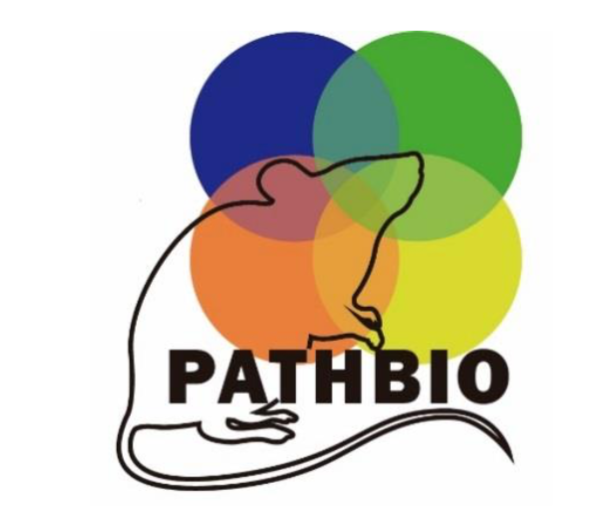



The external
examination is the first procedure to carry out on the animal's body.1. General condition
The investigator will examine the animal's general condition: state of nutrition and development of the skeletal muscular masses, presence of skin alterations, fur, any superficial lesions.
An animal found in a bad nutritional condition suggests that a chronic disease might be the cause of death. If the body is in a good general state this is an indication of a sudden death, probably caused by an acute process.
From the examination of the skin, the presence of traumatic wounds will be obvious, as well as that of ulcers, acute or chronic infectious processes, some types of tumours of the skin, or of the mammary glands.
Oedematous phenomena can moreover be appreciated as they usually cause the skin to become swollen, smooth and glossy. Such phenomenon is called oedema when it is limited to some body areas, and anasarca when, instead, is generalized to the whole body. Phenomena of this type can be correlated with many causes, like post-infectious toxaemia or generalized leukaemic processes.
Another character to take into consideration during the external examination is the state of the fur. The fur appears rough, dry and hirsute in a mouse in bad shape, when a serious disease becomes chronic, or due to the presence of parasites. In these cases, fur has a powdery aspect. Crusty and dry areas can also be present, frequently of grey-yellowy colour. In some strains, like the C57Bl, a similar aspect is frequently associated with the presence of parasites or fungi. Moreover, in this strain the depilated areas show particular characters, such as small specks, preferentially localized on the head or on the back. The phenomenon of depilation can also be present in animals aged or treated with high doses of ionising radiation. In this last case, such phenomenon appears more prematurely.
In pigmented strains, variations of fur colour are also found after radiation exposure. In particular, it is observed that colour remains unchanged until the second month after the treatment, also after high doses, and then it begins to turn white in several body regions. The head is the first to become grey, then the depigmentation extends in the order to neck, to the back, and finally the entire fur turns to white. The depigmentation phenomenon is absent in unirradiated and aged mice. The depigmentation, in fact, is a phenomenon typical of the treatment with ionising radiation.
It is advisable to report the anomalies and the lesions of the natural orifices, as the mouth, the nose and the anus to complete the external examination.
The lesions of the mouth are easily detectable by making a careful examination of the state of the tongue, of the mucosa of the fauces, of the lips, and of the teeth.
Anomalies of the tongue are rare and substantially consist of an increase or in a decrease in volume, usually associated with congenital alterations:
Interesting modifications can be observed sometimes on the labial and oral mucosa. Normally, the colour of this mucosa is rose, but one possible finding is a pale mucosa in case of erythroid anaemia or a bluish in passive hyperaemia. Moreover, in mice dead from infectious diseases, haemorrhages of the submucosa can be found as petechia; in some cases superficial erosions of the mucosa, ulcers, or vesicles, are also present.
Lesions of teeth are observable in almost all animals aged or treated with high doses of radiation, and consist of several degrees of loss, erosion or fracture, with particular regard to the incisors, which prevent the animal feeding adequately. It is therefore necessary, when a undernourished mouse is found, to carefully examine the state of its teeth, whose defects, if very serious, can be a cause of death.
The aspect of the mucosa of the nasal openings will have to be also reported, as well as the eventual presence of exudates or of haemorrhages. This last report, called epistaxis, may not only be connected to the action of a trauma, but also to ulcerative phenomena or rupture of the wall of a vessel.
Moreover, equal attention should be paid to the examination of the anal opening. In the animal affected by diarrhoea, the anus is nearly always smeared by faeces and, in some cases, also by blood. A prolapsed intestine (rectal prolapse) can also be observed in the anal area. This lesion, noticeable also during the life of the animal, shows an intense dark-red colour with frequent ulcerative processes due to haemorrhagic stuffing of the walls of prolapsed intestine, and to bacterial invasion. Such lesions are rather frequent and are found in nearly all strains of mice.